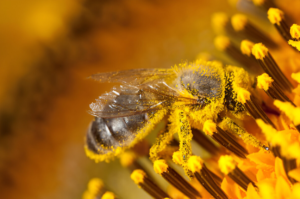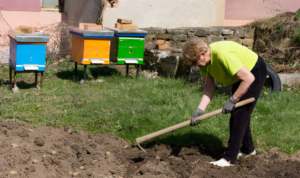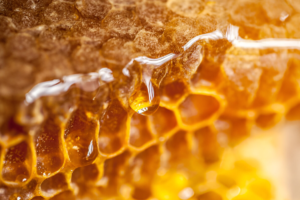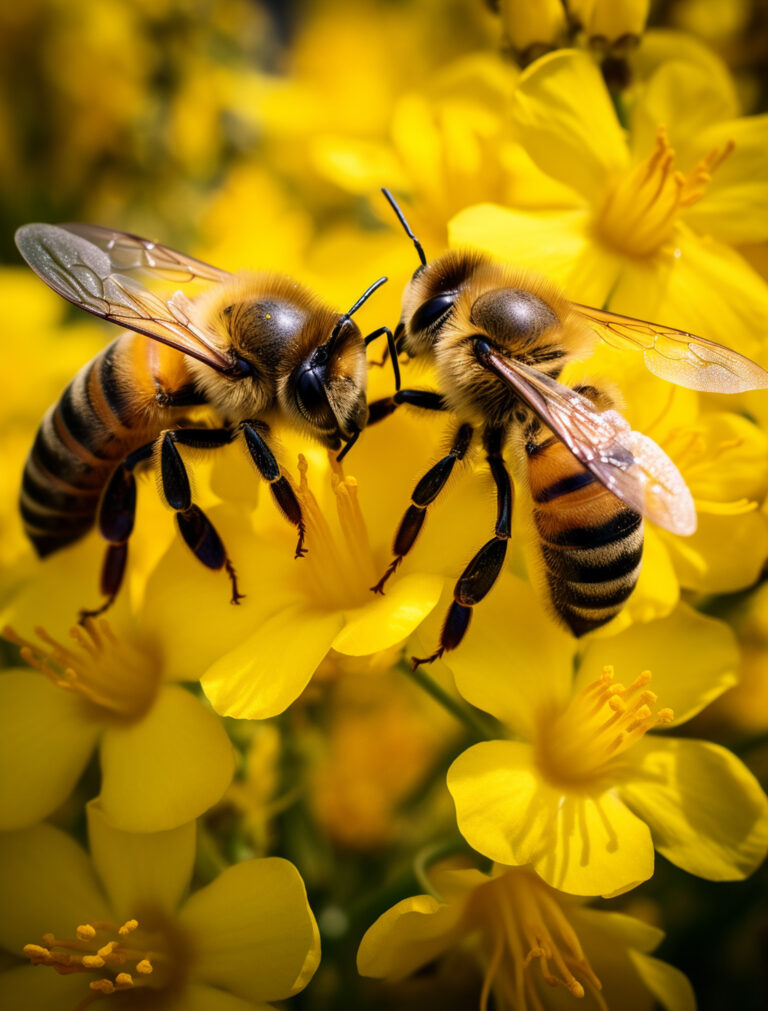Beekeeping is becoming an increasingly popular and rewarding hobby for gardeners and nature lovers alike. Whether you’re aiming to boost the productivity of your garden, harvest honey, or contribute to local biodiversity, beekeeping offers a variety of benefits. Keeping bees in your garden allows you to directly impact the health of pollinators, a vital part of our ecosystem.
The Importance of Bees in the Ecosystem
Bees play a crucial role in pollination, which is essential for the growth of many fruits, vegetables, and flowers. By keeping bees in your garden, you’re helping support these vital pollinators, whose numbers have been declining in recent years due to environmental changes and pesticide use. A healthy bee population boosts the productivity of not only your garden but the surrounding ecosystem as well.
If you’re considering getting started, it’s essential to ensure that you have the right setup and environment for your bees. Having a bee-friendly garden and the proper equipment will help create a thriving hive, as highlighted by The Old Farmer’s Almanac Beekeeping Guide, which offers insightful tips for newcomers.
Benefits of Beekeeping in Your Garden

Engaging in backyard beekeeping presents multiple benefits beyond just producing honey. Here’s why more people are drawn to this hobby:
- Pollination: Bees can significantly improve the health of your plants, especially those that require insect pollination, like tomatoes, cucumbers, and berries.
- Honey Harvest: You’ll have access to fresh, raw honey, which is healthier and richer in nutrients than commercial honey.
- Beeswax Products: Beeswax is an incredibly versatile product that can be used for candles, lip balms, and other homemade goods.
- Contributing to Biodiversity: By creating a bee-friendly environment, you help improve the overall biodiversity of your local area, supporting other pollinators like butterflies and beneficial insects.
As you begin this journey, understanding how to maintain a healthy hive is critical. Check out the Gardening Know-How: Urban Beekeeping Guide for expert advice on how to care for your bees and ensure a thriving colony.
Setting Up Your Beehive: What You Need
Before introducing bees to your garden, you’ll need to prepare a few essentials:
- Hive types: Choose from popular hive styles like Langstroth or Top-bar. Each type has its advantages, so pick one that suits your space and goals.
- Protective gear: You’ll need a beekeeper suit and gloves to protect yourself from stings while handling the hive.
- Bee smoker and tools: These help calm the bees when you need to inspect the hive or harvest honey.
- Location: Place your hive in a sunny, sheltered location with easy access to flowering plants and water.
Make sure you’ve done your research on local beekeeping regulations as well. Some areas require permits, while others might have restrictions on hive placement.
For example, natural fertilizers like manure tea can improve soil health and support the growth of bee-friendly plants. Learn how to make and use this organic fertilizer in your garden with this guide to using manure tea.
Understanding Bee Behavior and Hive Dynamics
Bees are fascinating creatures, with a highly organized social structure. Understanding this dynamic can help you maintain a healthy hive and address any issues that arise.
- Queen bee: She’s the sole reproductive female in the hive, responsible for laying eggs.
- Worker bees: These female bees are responsible for gathering nectar, defending the hive, and caring for the larvae.
- Drone bees: Male bees whose sole job is to mate with a queen.
By knowing the roles of each member, you can more effectively manage your hive and anticipate any potential problems like swarming or colony collapse.
Garden Preparation for Beekeeping

Creating a bee-friendly environment in your garden will help ensure your bees stay healthy and productive. Key steps include:
- Planting a variety of flowers: Bees need access to nectar throughout the year, so plant bee-friendly flowers like lavender, sunflowers, and wildflowers.
- Avoiding pesticides: Chemicals used in many pesticides can harm bees. Opt for natural pest control methods.
- Providing a water source: A shallow dish of water with rocks can give bees a safe place to drink.
By making these adjustments, you’ll create an ideal bee habitat that not only benefits your bees but also enhances your garden’s overall health.
Common Challenges in Beekeeping and How to Overcome Them
Like any hobby, beekeeping comes with its own set of challenges. However, by knowing what to expect, you can avoid many common pitfalls:
- Pests and Diseases: Varroa mites and wax moths are two of the most common pests that can devastate a hive. Regular hive inspections are crucial for spotting infestations early.
- Weather Conditions: Bees are sensitive to extreme cold and heat. Winterizing your hive by adding insulation and reducing the entrance size can help them survive harsh winters.
- Swarming: This is when the hive splits, and part of the colony leaves with a new queen. While it’s a natural process, you can minimize swarming by ensuring there’s enough space in the hive.
Harvesting Honey and Beeswax

One of the most rewarding aspects of beekeeping is harvesting your honey and beeswax. Here’s a simple guide to get you started:
- When to harvest: Bees usually produce enough honey by late summer. Wait until most of the honeycomb is capped, which indicates the honey is ready.
- How to harvest: Use a bee smoker to calm the bees and carefully remove the frames. Extract the honey using a centrifuge or by hand.
- Processing beeswax: After harvesting honey, the leftover wax can be melted down and filtered for use in candles, lotions, and balms.
Harvesting both honey and beeswax allows you to enjoy the full benefits of your beekeeping efforts.
Beekeeping Through the Seasons
Each season brings different challenges and tasks for beekeepers. Here’s a breakdown of what you should do during each part of the year:
- Spring: Inspect your hive to ensure the bees survived the winter. Start feeding them sugar water if needed.
- Summer: Monitor honey production and be on the lookout for pests.
- Fall: Harvest honey and begin preparations for winter, such as reducing hive entrances and adding insulation.
- Winter: Regularly check on your bees and make sure they have enough food to last until spring.
By understanding the seasonal needs of your honeybee colony, you’ll ensure its long-term success.
Environmental Impact and Sustainable Beekeeping
Beekeeping isn’t just a fun hobby — it can also have a positive impact on the environment. Through sustainable practices like avoiding synthetic chemicals and supporting local plants, you can help protect bee populations. Moreover, urban and garden beekeepers play a crucial role in maintaining biodiversity in cities and rural areas alike.
If you’re passionate about sustainable beekeeping, the Bee Pro Gear guide can offer additional tips for promoting a healthy, eco-friendly hive.
FAQs: Common Beekeeping Questions
How much space do I need for a beehive?
You’ll need a small, sunny area, but bees will forage up to 5 miles from their hive.
Is beekeeping safe for my family and pets?
Yes, as long as the hive is placed out of the way, bees are usually peaceful unless disturbed.
How much honey can I expect to harvest?
Depending on your hive’s health and the season, you can expect to harvest between 20-60 pounds of honey per hive per year.
Conclusion: A Hobby That Keeps Giving
Beekeeping in your garden is a fulfilling and rewarding activity that offers a host of benefits for both your garden and the environment. By understanding bee behavior, preparing your garden, and caring for your hive year-round, you’ll soon enjoy the sweet rewards of honey, beeswax, and the knowledge that you’re supporting essential pollinators.
So, what are you waiting for? Get started on your beekeeping journey and help create a buzz in your garden!
